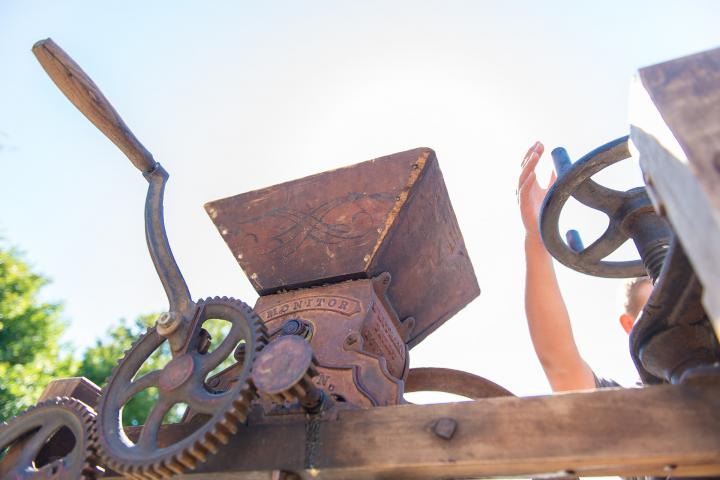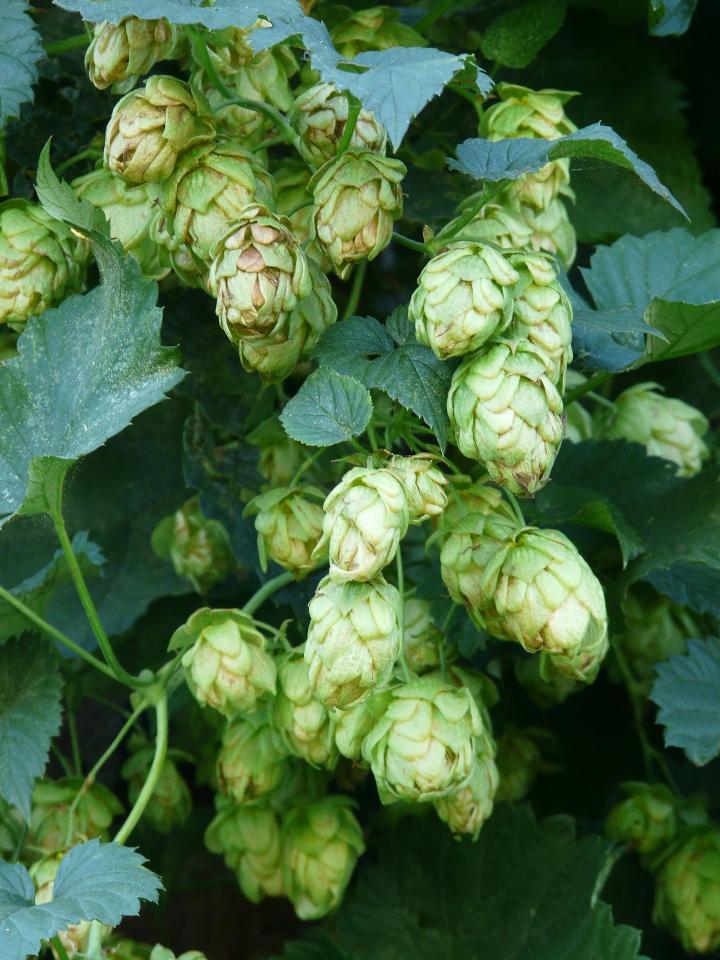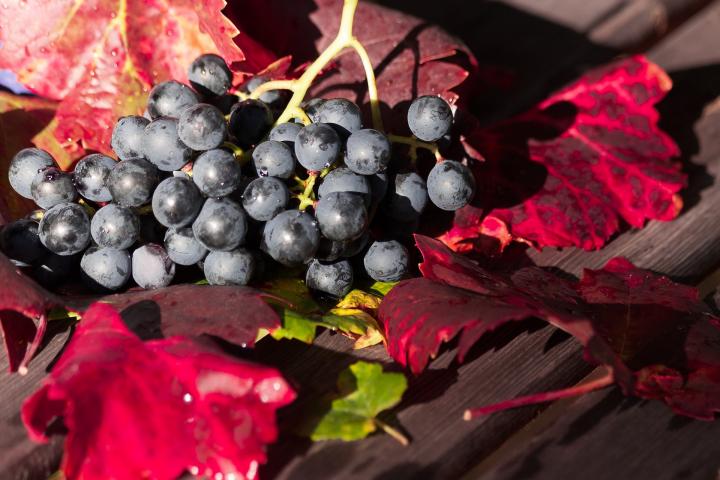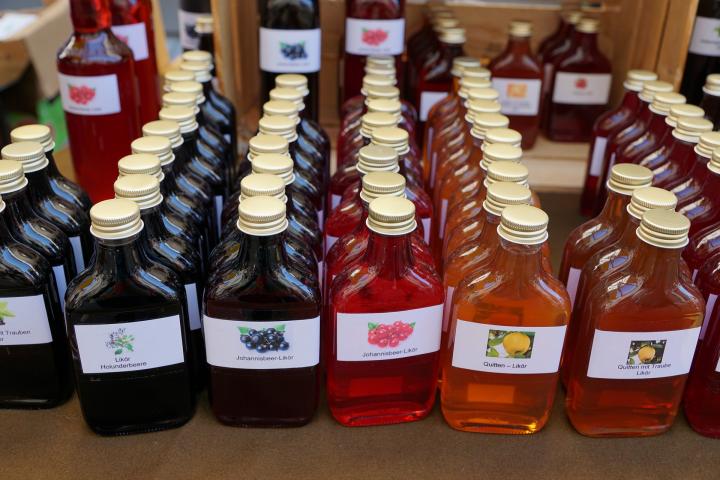
Growing Your Own Brewing Ingredients
ADVERTISEMENT
I found out that my slugs can somehow survive beer but they can't stand a chance if I put them in salt water. The more salt the faster they die
I enjoy reading your posts; the ideas for using herbs is great! I did want to clarify that ale is beer. Ale is more specific and refers to beer made with top fermenting yeast, generally at room temp, versus lager, which is brewed with bottom fermenting yeast at cooler temps. I have been homebrewing for almost 20 years (beer, mead, and cider). I have also grown some hops, but it was not very successful in my climate (a bit too warm, I think). There are some good quick mead recipes on forums, but I have only made stronger meads that took years of aging to come into their own. I highly recommend Stephen Buhner's book ¨Sacred and Herbal Healing Beers¨ to anyone whose interest was perked by you mentioning herbal brews. Buhner has many fantastic books about a herbal medicine, plant consciousness, and Lyme Disease. Best wishes to all!
Wine is a much easier beverage to make than beer, so I'd recommend starting with wine-making. Most any fruit juice will make good wine (except citrus) simply by adding juice to a glass carboy, adding yeast, then sealing with a fermentation lock. Siphon into another carboy after the initial turbulent fermentation is over, seal with a lock, and let it work slowly for several months. Beer requires mashing grain, or if using malt extract, just boiling in a kettle for exact times, then proceeding as with wine. It's a more involved process; wine is easier for novices to learn the basics of fermentation. Get a good brewing book and go from there!
I like Mark’s advice; I always brew in glass... Don’t trust plastic. ¨The Complete Joy of Homebrewing,¨ by Charlie Papazian, is a classic, and imbued with humor, wit, and wisdom. ¨Relax, Don't Worry, Have A Homebrew¨ (or RDWHAHB to the insiders). For a free source, to get your feet wet, try howtobrew.com. Of course there are a lot of other options and the homebrewtalk forum more info than one could ever absorb. Dry yeast is so good these days I find I cannot tell the difference in results between re-hydrating versus just letting the wort cool a few degrees below 80F and just pitching it right in... I could go on about brewing for a long time, but it is bed time!
You forgot to say how you go about making HARD CIDER. Just that if you have good Apple Juice, you can. HOW DO YOU PROCEED, to make it Hard Cider?
If you make a batch that is not so great... well, that is what mulling spices are for, haha!
Her post is just an intro to the possibilities! Google ¨hvhomebrewers cidermaking.pdf¨ for some info on yeast nutrients, specific gravity, process etc... and google ¨making apple cider pdf¨ for more info than you can shake a stick at... homebrewtalk forum too. Good luck!













